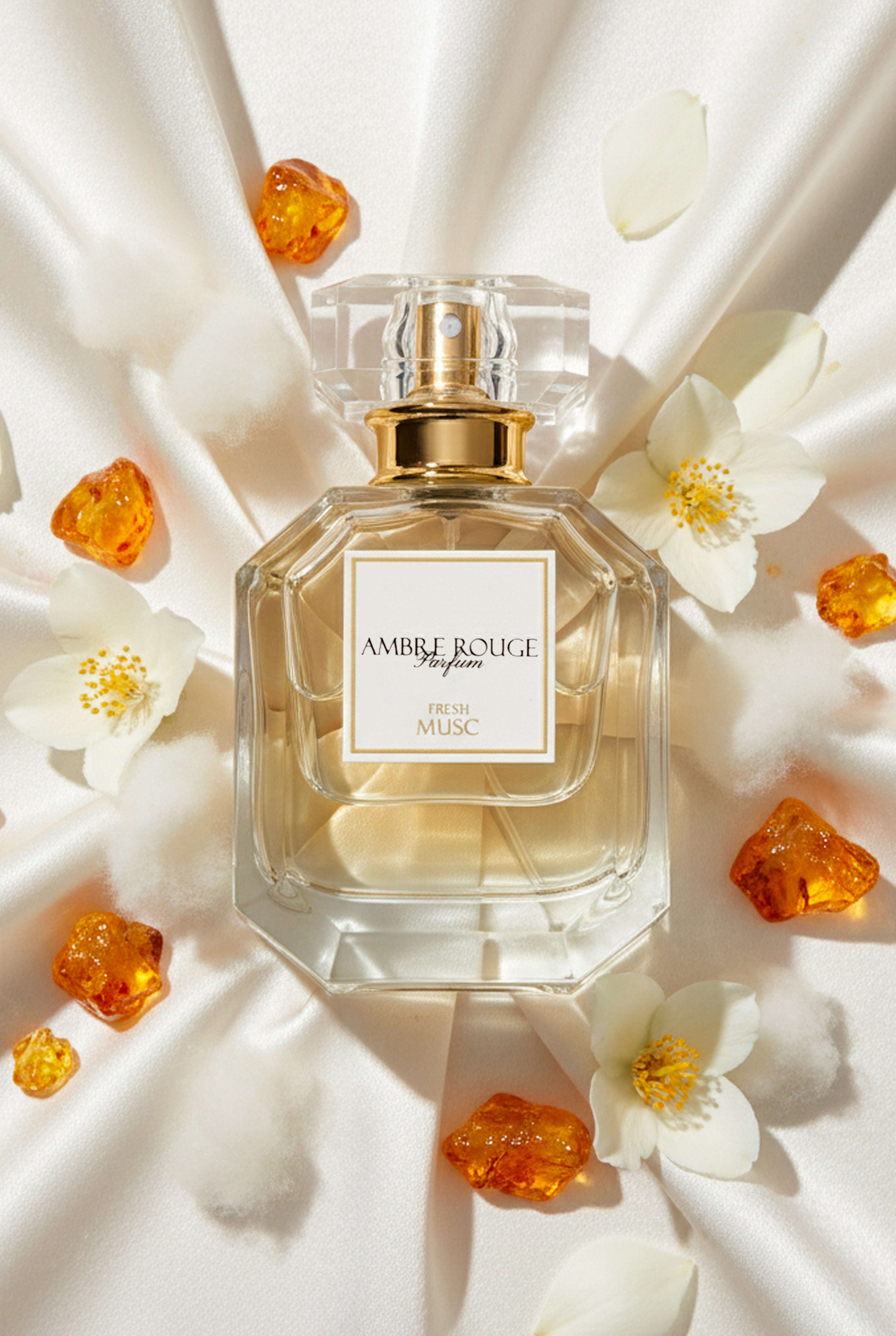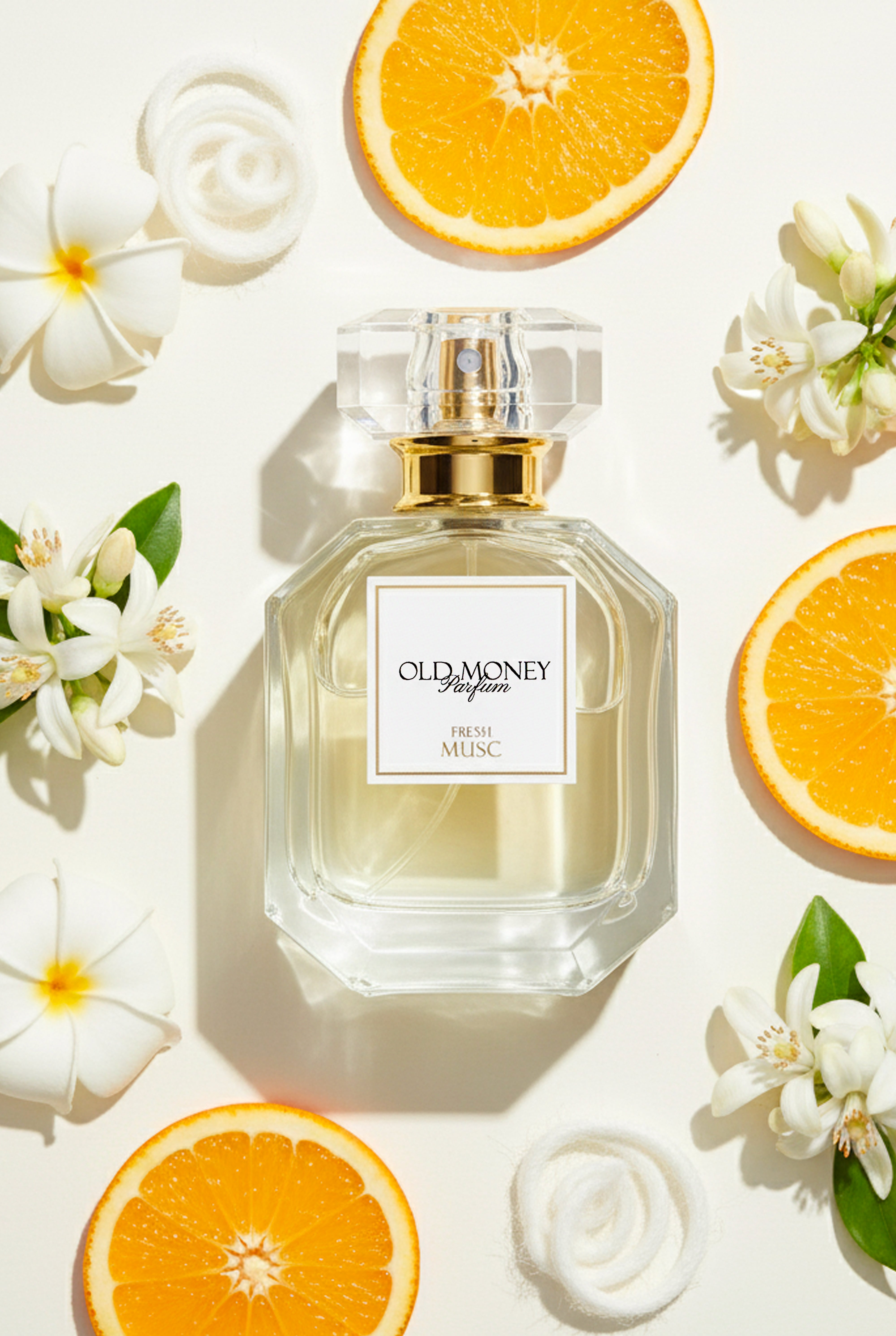In the heart of Provence , between the sea and the mountains, the city of Grasse stands out as the world capital of perfume . Renowned worldwide for its unique expertise , it embodies excellence in fragrance and olfactory creation . This subtle art, combining flowers , raw materials , essential oils and distillation, finds here an exceptional land of expression.
Grasse plays a central role in the perfume industry , combining innovation and tradition . Its intangible cultural heritage , listed by UNESCO , recognizes the importance of its artisanal techniques such as extraction , enfleurage , and the composition of perfume from natural essences . This global recognition echoes the place occupied by the city in the perfume market , through its numerous perfume houses and prestigious brands such as Fragonard , Robertet or even the perfumes of Grasse inspiring great houses such as Chanel or Fresh Musc .
What is the history of Grasse?
The history of Grasse dates back to the Middle Ages , when the town prospered thanks to its tanneries . Specializing in leather and hides , it was known for producing quality gloves , often perfumed to mask the persistent smell of leather. This strong economic activity left its mark on the area, and the term "perfumed glove" quickly became synonymous with luxury.
It was in the 16th century that the link between Grasse and perfumery was truly sealed, thanks to the court of Catherine de Medici . By offering a pair of perfumed gloves to the queen, a Grasse craftsman launched a fashion that would change the destiny of the city. From the 17th century onwards, the perfume trade took off. The development of perfumery continued in the 18th and 19th centuries , with the rise of a strategic economic sector around perfume in the Pays de Grasse .
Grasse then became an emblematic city, nicknamed the heart of the world of perfumery . Even today, its name alone evokes a fragrant art of living , recognized by the website of the Ministry of Culture and highlighted by must-see places such as the International Perfume Museum or the creative workshops open to visitors .
A mild climate and land suitable for growing flowers
What also distinguishes Grasse from other perfume production centers is its mild and sunny, typically Mediterranean climate , combined with optimal agricultural conditions . The soil, altitude and proximity to waterways in the Alpes-Maritimes provide an environment conducive to the cultivation of the region's emblematic flowers .
For centuries, fields of May roses , jasmine , lavender and violets have shaped the fragrant landscape and the floral identity of the city. These perfume plants , cultivated with passion by local producers, are the basis of the majority of Grasse fragrances . The Grasse region even has botanical gardens and farms open for guided tours , allowing you to discover the natural wealth of this fragrant region .
The essence of freshly harvested flowers is used in the manufacture of perfume in Grasse , in traditional or modern formulas, sometimes combined with synthetic products to prolong their scent and improve their hold .

What flowers are grown in Grasse?
Flower growing has been at the heart of the economic activity of the city of Grasse for several centuries. A true open-air garden , the Grasse region offers a sunny climate, rich soils, and ideal conditions for growing flowers used in perfume composition . Each perfume plant grown here plays an essential role in the richness of perfumery in Grasse .
Among the most famous, the May rose , with its sweet and refined fragrance, is harvested by hand at dawn. Jasmine , another emblem of the region, requires special care and an extremely precise harvesting technique to preserve its natural essence . Lavender , violet , and other typically Mediterranean flowers complete this olfactory landscape.
These local raw materials are used in many Grasse perfumes , and are transformed using controlled processes such as distillation or solvent extraction . Thanks to these techniques , perfumers capture the scent of each flower , to create fragrances of exceptional quality . A know-how that Grasse continues to radiate throughout the world , remaining an essential center of perfume creation . To understand how these essences can be used in modern formats, discover how to use scented gel?
A perfume industry rooted in tradition and innovation
For centuries, the Grasse perfume industry has evolved without ever betraying its roots. While craftsmanship remains fundamental, Grasse has also embraced innovation and expansion through the integration of synthetic products into perfume compositions , while highlighting the natural essences from its local floral culture .
Great perfume houses were founded here. Among the best known are Fragonard , Galimard , Molinard and Robertet , all located in or around the town of Grasse . These houses perpetuate tradition while developing innovative products . They play a driving role in the development of French perfumery , maintaining a focus on excellence .
The local perfume industry supports hundreds of jobs, and every year thousands of visitors come to learn more about the world of perfumery through workshops , museums , or olfactory tours . This strong and structured activity contributes to making Grasse a pillar of intangible cultural heritage , recognized on the lists of humanity .

Which famous perfumes come from Grasse?
Grasse is not only a place of production , but also a source of inspiration for major brands in cosmetics , fashion , and of course perfume . Perfumes from Grasse have become famous throughout the world , worn by historic houses and contemporary designers .
Brands like Chanel have long collaborated with Grasse producers to guarantee the quality of their floral essences , notably for their legendary N°5 , which contains jasmine and May rose from Grasse. Robertet , for its part, has specialized in natural raw materials for over a century and supplies the biggest luxury brands .
Today, Grasse continues to inspire creators around the world, including those who reinterpret tradition in modern formats. This is the case for the creators of eaux de parfum inspired by Grasse, to be discovered in the eau de parfum de grasse collection. A way of honoring the past while anchoring oneself in the present, between heritage and olfactory creativity .
How to visit Grasse, the capital of perfumes?
Visiting Grasse is much more than just a tourist detour on the French Riviera : it's a sensory immersion in the world of perfumery . Located a few kilometers from the Mediterranean, this historic city offers a unique experience combining heritage , culture and fragrant creation .
The unmissable International Perfume Museum , a true cultural center dedicated to the history of perfumery , traces the evolution of this art from Antiquity to the present day. It presents rare objects, raw materials , historic bottles and reconstructions of perfumers ' workshops .
Many local houses also offer guided tours to discover the secrets of perfume making: Fragonard , Molinard , and Galimard open their doors to reveal what goes on behind the scenes. And for those who wish to create their own fragrance , several composition workshops are available.
Every summer, the city organizes the Jasmine Festival , a festive event where the queen plant of Grasse is celebrated through floral processions, entertainment, and perfumes diffused in the streets . An ideal opportunity to enjoy the unique atmosphere of this fragrant city . To go further in sensory discovery, you can explore the link between olfactory traditions and modernity with the intimate musk perfume .

What is the future of Grasse in perfumery?
Grasse is not resting on its glorious past . On the contrary, the city is actively thinking about its future , with a desire to preserve its heritage while opening up to new practices . Local production of natural raw materials is being revived, with a renewed interest in floral cultivation while respecting biodiversity and the environment.
Faced with the globalization of the perfume industry , Grasse is banking on traceability , quality , and artisanal know-how to stand out. Numerous relocation projects are underway, and perfumery training courses are being developed to pass on traditional techniques to younger generations.
Economic expansion also involves innovation , with research into new extraction and distillation processes, and the use of natural materials as alternatives to synthetic products . This dynamic positions Grasse as a global center of research and excellence, strengthening its place on the international scene .
UNESCO's recognition of the intangible cultural heritage linked to perfumery expertise reinforces this ambition to include the city in a sustainable strategy focused on the future of Grasse . And for a contemporary take on this heritage, you can discover modern products inspired by this expertise, such as the Musc Tahara application .
Grasse, an art of living with the scent of excellence
From its medieval tanneries to its inclusion on the UNESCO lists , including its climate conducive to flower growing , Grasse is much more than just a town in the south of France . It is a world center of olfactory art , a territory rich in traditions , techniques , and creation .
Its history of perfumery , its production of excellent perfume , and its roots in intangible cultural heritage make Grasse a capital recognized throughout the world . The perfume market draws from it a rare authenticity , a strong identity , and a product culture that few other places can claim.
For anyone who wishes to better understand the composition of perfumes and modern uses, this tradition is now extended through contemporary formats.
Grasse does not just produce perfumes : it perpetuates an art of living , a living memory , a heritage treasure to breathe, to visit, to feel. A city where each scent tells a story .





